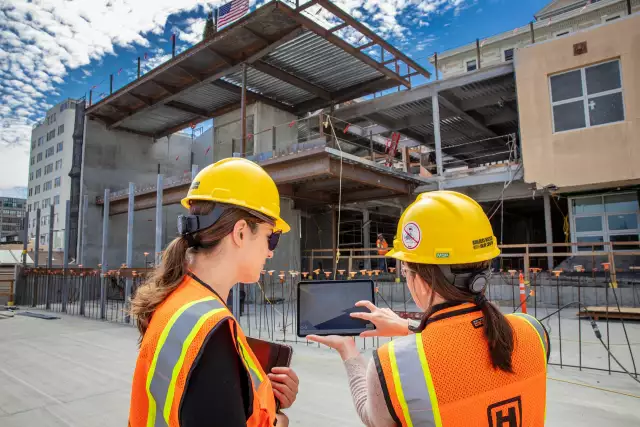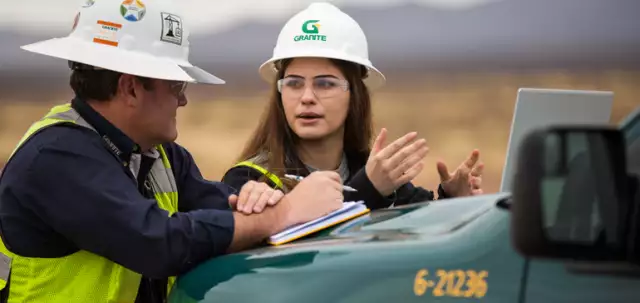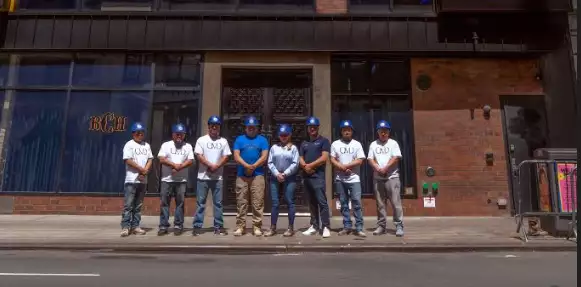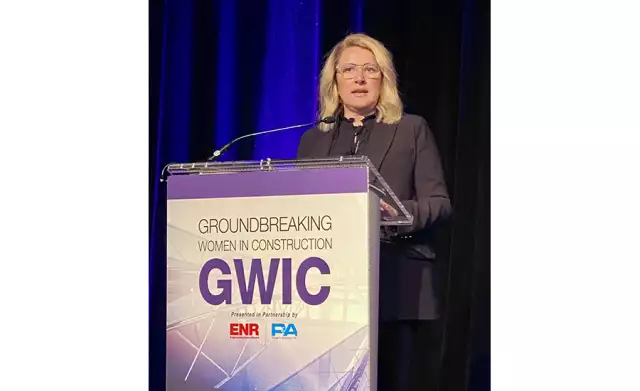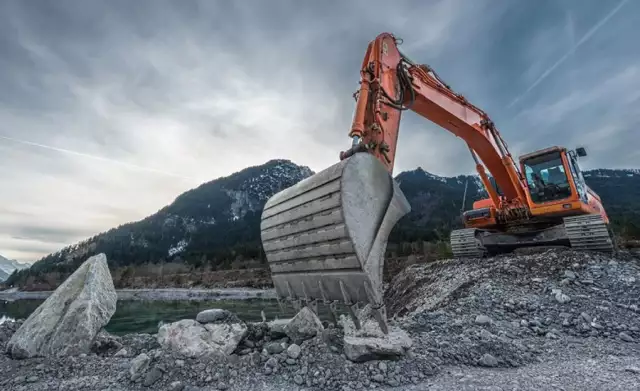Supporting Women in Construction Is About So Much More than Diversity - Digital Builder
Supporting Women in Construction Is About So Much More than Diversity - Digital Builder
Despite important gains made in recent years, women are still underrepresented as leaders in the workplace. That is especially true in construction, and that’s a huge lost opportunity.
Companies where women fill leadership roles consistently outperform businesses with fewer C-suite roles filled by females. Empowering women in our workplaces isn’t just beneficial, it’s necessary for the future success of the construction industry.
Bringing women into the workforce is easy. Supporting them and equipping them to rise into leadership roles is a different story. This requires a thoughtful, strategic approach, and commitment on behalf of all company leaders.
Identify potential early
Surprisingly, one of the most challenging career moves for women isn’t advancing to the C-Suite, but getting the first promotion to manager. According to the 2021 Women in the Workplace report from Lean In and McKinsey & Company, for every 100 men promoted to manager, only 86 women are promoted. In 2020, the figure for women in senior level management roles (for all industries) was 29%. Of the construction industry at large, women make up only 10.3% of workers. Just under 87% of women working in construction hold office positions, and only about 2.5% of tradespeople are women. Women also only make up about 14% of staff executive and 7% of line executive positions. Industry-wide, women comprised 7.5% of all construction managers in 2019 and 16% of the construction industry C-Suite is made up of women, showing big improvement in advancing women in the construction industry.
The potential vs. credential debate isn’t just for women to learn from; organizations need to play a part in recognizing and promoting potential. Adding more women in leadership positions doesn’t start at the C-Suite, it starts on sites, in cubes and in entry-level positions.
Mentor for upward mobility
Now more than ever, women are setting a new standard for leadership in the workplace. Studies show that women are more active champions of diversity, equity and inclusion and, overall, are more actively engaged in supporting their teams. Across the board, female leaders attribute business success to great mentorship and role models. Women need to build one another up, help one another succeed, and continue to pay it forward as they achieve their own goals to help future generations of powerful, impactful women follow in their footsteps.
As Lakisha Woods, President and CEO of the National Institute of Building Sciences said in a recent Breaking Glass (a Compass Datacenters podcast) interview, “People want to go into an industry where they see a path to leadership.” As we intentionally recruit more women and diverse talent, we need to also be intentional about how we foster growth and provide the mentorship, sponsorship and professional development needed to advance through the ranks within companies.
Recognize and lean into potential
At a recent industry conference, I struck up a conversation with a peer about gender parity and the “potential vs. credential” discussion…how men are more often hired or promoted based on their potential, while women lead with their experience and track record. Statistics bear out this trend. Men apply for a job when they meet only 60% of the qualifications, but women apply only if they meet 100% of them.
Especially in male-saturated industries like construction, women often are hesitant to put themselves up for promotions until they’re sure they check every single box on the list of qualifications. Looking beyond the “credentials” involves more than encouraging female counterparts to apply for open positions. It’s about actively identifying growth opportunities that can support and nurture women and underrepresented leaders.
A recent Breaking Glass episode with diversity and inclusion expert Janese Murray, president of Inclusion Impact Consulting, was centered on how reactions in the workplace can be hardwired. In construction we try to avoid “undoing” things at all costs, but in this case it’s our job to undo hardwired thinking by seeking out other perspectives, challenging the status quo and taking new approaches to how we nurture talent.
Foster open dialogue.
The best way to better understand challenges is to talk about them. Gather perspectives from women in the industry, listen to their experiences and learn from them. Creating space for open dialogue not only reminds women that they’re not alone but creates a community for idea-sharing, mentorship and diversity of thought. It’s human nature to advocate for those you know the best. Getting to know your female employees, both personally and professionally, will lead to good change.
Women bring a lot to the construction industry. Compass’s construction management team is largely female. This dynamic has helped challenge conventional thinking and create new systems and processes that give Compass a competitive edge. Others in the construction industry can benefit from intentionality around bringing more female voices to the leadership table. Including more women in organizational leadership is not just crucial to the way we do business; diversity truly makes the industry stronger and better for everyone involved.
